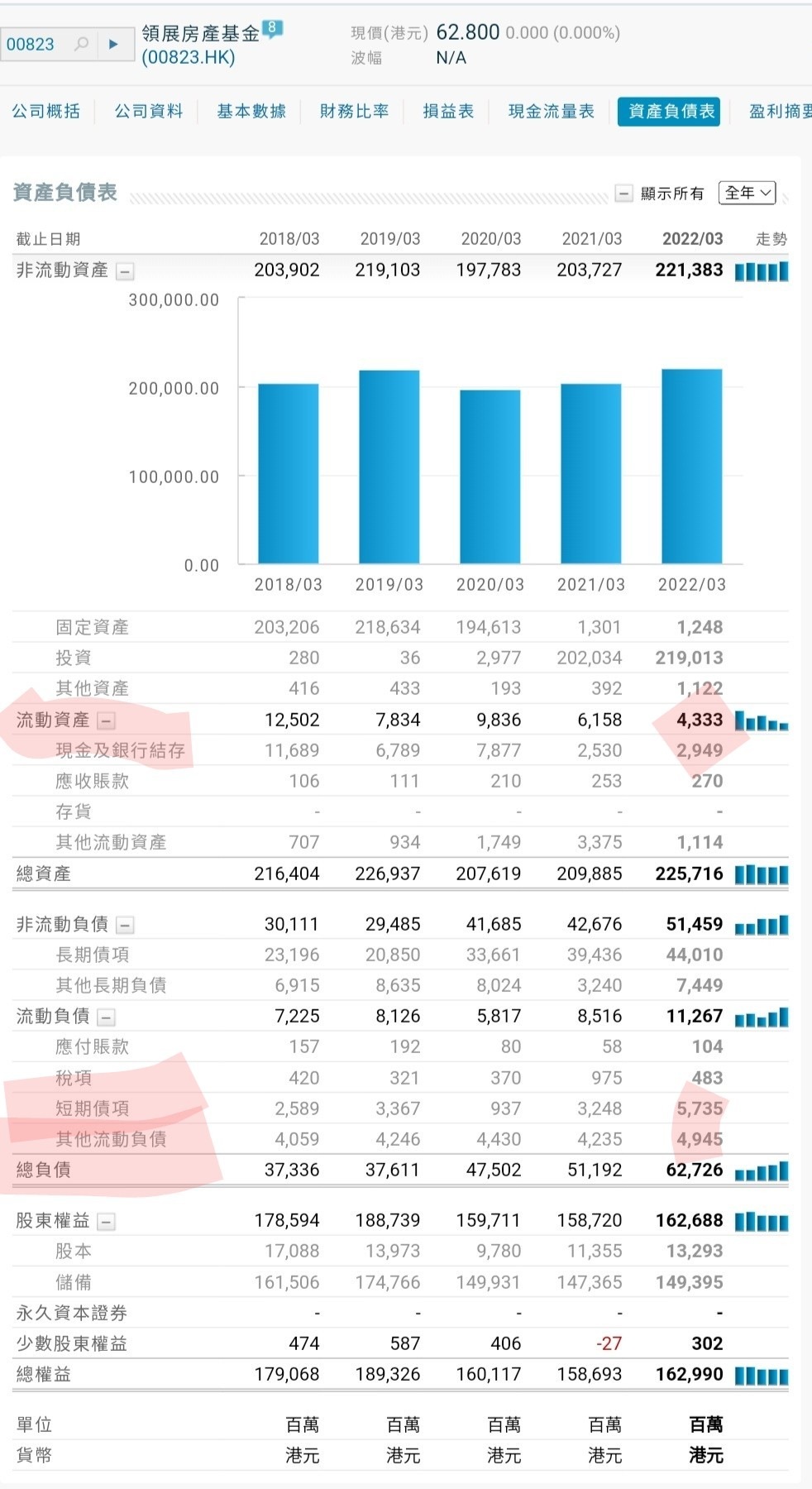
美股認真討論區MMMCXLIII
京阪代表取締役
1001 回覆
2 Like
3 Dislike
即係睇心情?

thx
只睇5 yrs
823 個債務升得幾快,成條uptrend上
currency asset 不斷喺度跌,downtrend
cash, currency 仲少撚過短債
 百幾億都多鳩餘
百幾億都多鳩餘
止唔撚到咳
$根本用嚟救命
利伸:me 多年港女 FA 派

823 個債務升得幾快,成條uptrend上
currency asset 不斷喺度跌,downtrend
cash, currency 仲少撚過短債
 百幾億都多鳩餘
百幾億都多鳩餘止唔撚到咳
$根本用嚟救命

利伸:me 多年港女 FA 派



仲要而家加息週期
本金+利息條數其實好好計
本金+利息條數其實好好計

Yang已經一支獨秀





龍DeeDee
賤價賣d野又一條好漢
賤價賣d野又一條好漢
都唔知係咪近幾年掃啲資產炒燶曬
reits 限咗要派9成利潤,加息期融資成本又貴
佢唔想賣啲優質資產還,係要增發,不過一黎就折讓成三成咁多係咩玩法
reits 限咗要派9成利潤,加息期融資成本又貴
佢唔想賣啲優質資產還,係要增發,不過一黎就折讓成三成咁多係咩玩法

Tin is a chemical element with the symbol Sn (from the Latin word stannum), which is a silvery-white, soft, and malleable metal that is widely used in the production of tinplate, as well as in alloys such as solder and pewter.
One of the primary uses of tin is in tinplate, which is a thin sheet of steel coated with tin, used for the production of food containers, such as cans for drinks, vegetables, and fruit. Tinplate is also used for the production of containers for chemicals and paints, as well as for the manufacture of lamp fixtures, toys, and other consumer goods.
The relationship between tin and economic activity can be seen in the demand for tin and its impact on the mining and production industries. The demand for tin is influenced by factors such as the level of economic growth and technological advancements that increase the use of tin in new products and applications. The mining and production of tin can significantly impact local economies, providing employment and contributing to the development of infrastructure and other supporting industries.
For example, the tin mining industry in Indonesia has been a significant contributor to the country's economic growth and development. The country is one of the world's largest producers of tin, with a significant portion of its economy dependent on tin mining and production. Similarly, the tin mining industry in Bolivia has played a crucial role in the country's economic development, providing employment and supporting other industries.

改變5到我d廢老硬過18碎
沽爆佢

先係巨硬 後係谷歌
大船必豬
大船必豬

基本上呢隻野睇港息走勢,中期唔會有運行

無論點,牛巿都係升

如果cpi仲beat就真係千升了

即係美國佬自己知通脹根本唔會落
所以先要改算式整低cpi個數
所以先要改算式整低cpi個數
一月二手車價格回升 但係住屋租金回落






因為住屋嗰邊黎緊會見頂
而家加重完過幾個月之後落咁咪cpi咪會低
而家加重完過幾個月之後落咁咪cpi咪會低

要睇埋油價 俄仔竟然自願減產 好撚鬼
升緊喎
